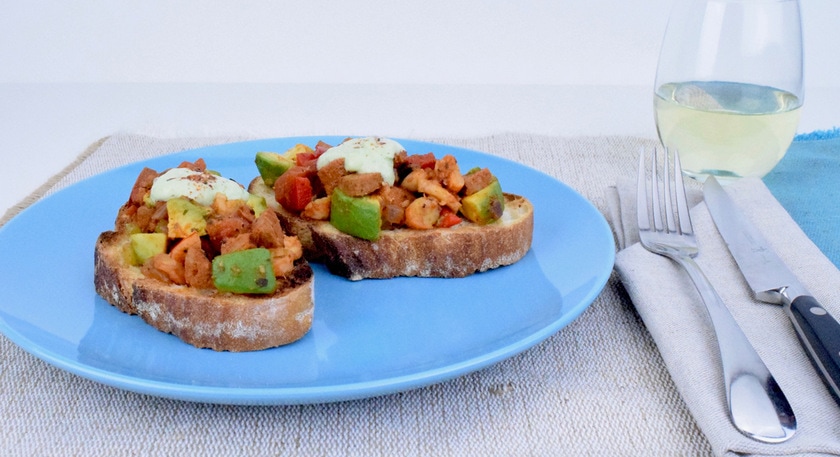
As with all fruits and vegetables, wash avocados before cutting. Check out our tips for how to choose and use California Avocados
In our gastrointestinal tract, there are over 1,000 separate bacterial species that can reach a total number in the tens of billions. Not all of these bacteria are bad. Most of them are the “good” or “helpful” type of bacteria, also known as probiotics. So, what are probiotics? They are live acting organisms that help keep the digestive system in a happy, healthy place. Having a healthy gut with the right balance of good bacteria can change the entire health of our bodies.
As probiotic bacteria absorb fiber, they generate acids. One of the acids, proprionic acid, reduces production of cholesterol. Probiotic bacteria have been shown to break down cholesterol and use it for energy. It has been suggested that prebiotics intake may: exert protective effects to prevent colon cancer; reduce inflammation and symptoms associated with inflammatory bowel disease; lower some risk factors for cardiovascular disease; enhance the bioavailability and uptake of minerals, including calcium, magnesium and possibly iron; and promote satiety and weight loss and prevent obesity.
5 ways to help reboot your gut
Eat Probiotics: Yes, you can eat these good bacteria, especially Lactobacillus and Bifidobacterium which have been linked to various health benefits. These types of living bacteria are found naturally in food, especially in fermented dairy products such as yogurts, aged cheeses and kefir. They also are found in non-dairy foods such as miso and tempeh (a type of soy). A great way to start adding probiotics to your diet is to begin your day with a breakfast smoothie made with yogurt or kefir, snack on a chunk of parmesan cheese paired with an apple, or switch your chicken stir fry night to tempeh stir fry.
Eat Fermented Foods: The fermentation process of vegetables enables the growth of the probiotics. Adding fermented vegetables to your diet will increase your probiotics as well as your vegetable intake. This is also a great way for vegans or people with lactose intolerance to get probiotics. Pickled vegetable products such as sauerkraut and kimchi are sources of fermented probiotics.
Eat Prebiotics: Now, you shouldn’t limit your intake to just probiotics. As humans, we need food to function. And just like us, probiotics need fuel to function and most importantly, multiply. This is where prebiotics come to play. Prebiotics are non-digestible carbohydrate fibers found in whole grains, fruits and vegetables. However, not all fibers are created equal as prebiotics must meet certain criteria. These fibers must be resistant to digestion and be able to be fermented by the bacteria in the intestine. There are many types of prebiotic fibers including fructo-oligosaccarides (FOS), inulin, oligofructose and galacto-oligosaccardes (GOS) which are found specifically in asparagus, artichokes, leeks, onions, garlic, bananas, soybeans, whole wheat foods and even California Avocados!

California Avocados are a good source of dietary fiber, with 11% dietary fiber per 1/3 serving or 50 grams 30-40% of which are prebiotic fiber. Avocados also are a healthy superfood with good fats and contribute nearly 20 vitamins, minerals and phytonutrients. To have a healthy gut, you need to have a good balance of bacteria. To do that, you need to add both prebiotic and probiotic foods. Try my latest recipe Creole Jambalaya with California Avocado Yogurt Sauce, using both probiotics and prebiotic foods.

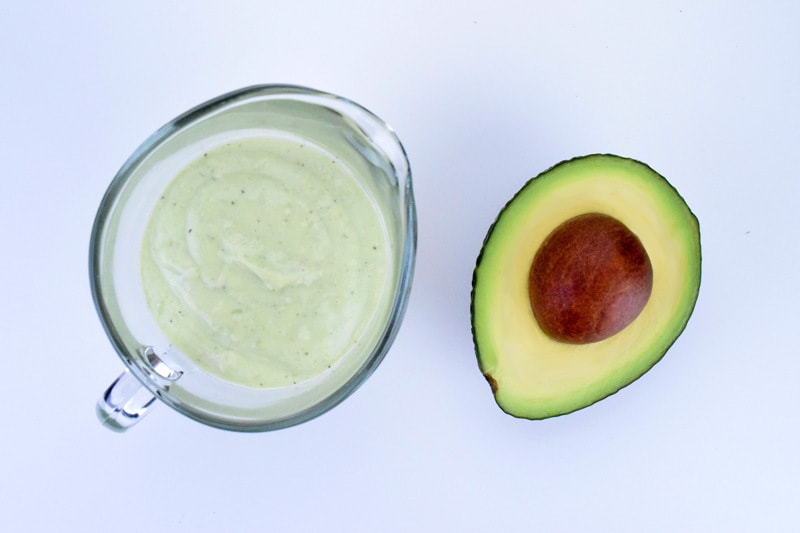
Fiber Up: Fiber has always been good for your gut and health regardless of probiotics or prebiotics. Higher intakes of dietary fiber are linked to less cardiovascular disease, coronary heart disease, lower diabetes risk and lower body weight. Dietary fiber is one of the foods that can help control your hunger by making you satisfied for longer periods of time and therefore eating less. Soluble fiber is found in apples, oatmeal, beans, barley and Brussel sprouts, among others. Insoluble fiber “cleans you up” and makes you regular, resulting in a healthy gut. These fibers are found in fruits, vegetables and whole grains. So go at it!
Clean Up: It is not difficult to change the balance of your gut bacteria and create conditions that are conducive to bad bacteria. A poor diet that is paired with low intake of pre-and probiotics, allows the bad bacteria in our guts to grow and multiply. So limit the intake of high sugar, high fat, fried foods, processed and high refined carbohydrates because the bad bacteria always love having a party in your gut with these foods.
Did you know?
California Avocados can help you extinguish inflammation.
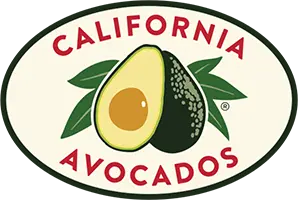

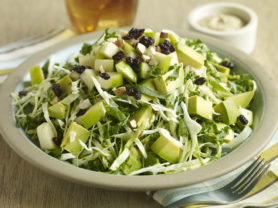
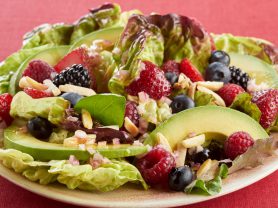
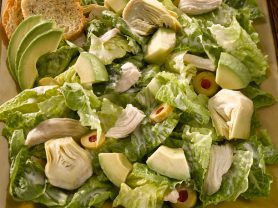
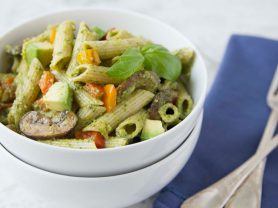
Comments